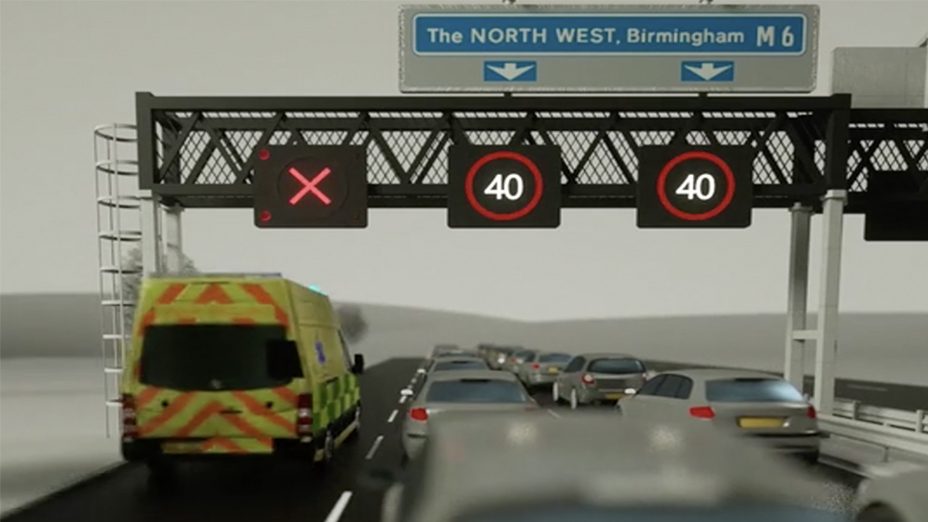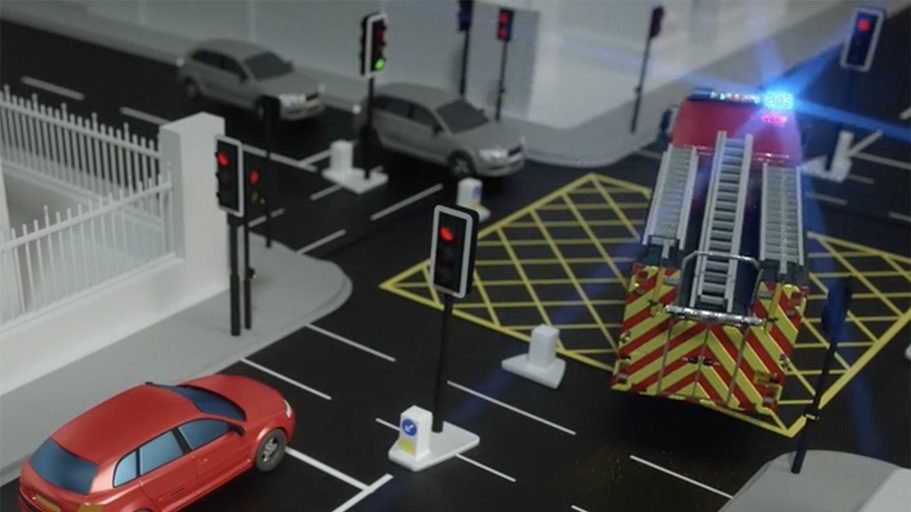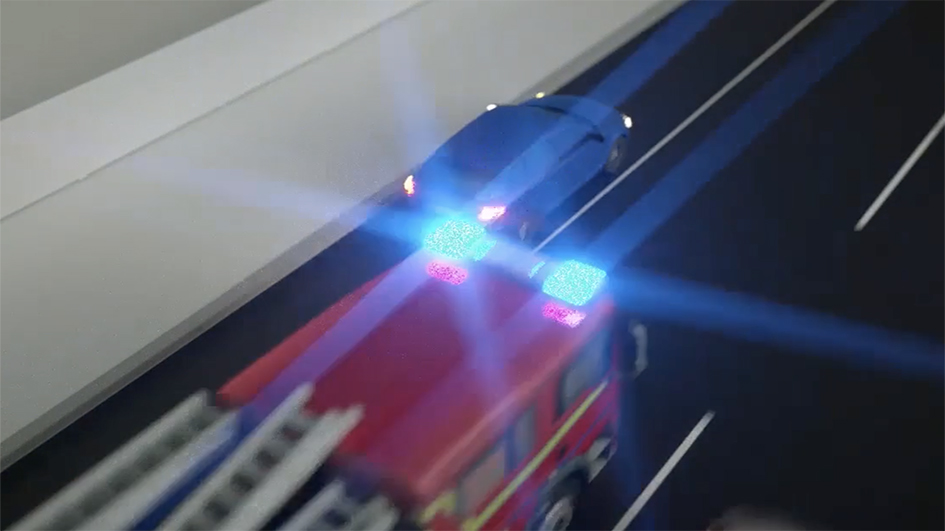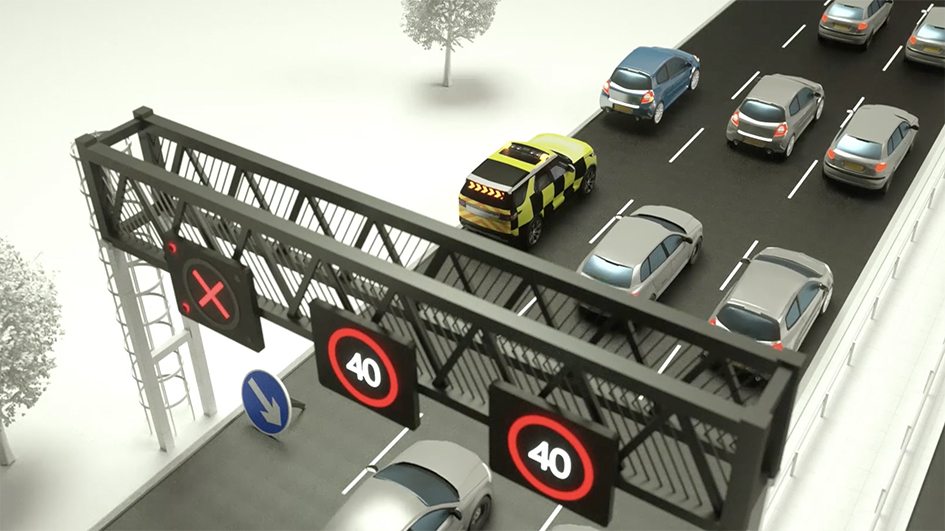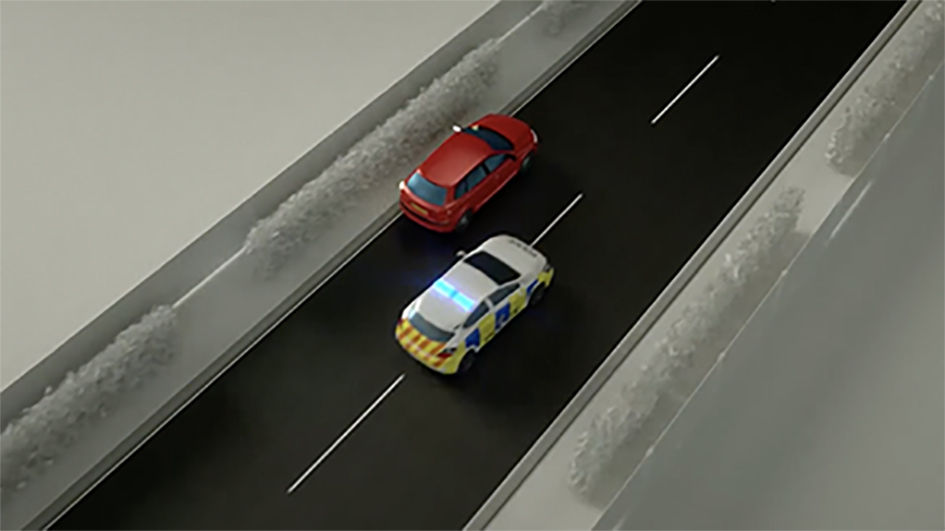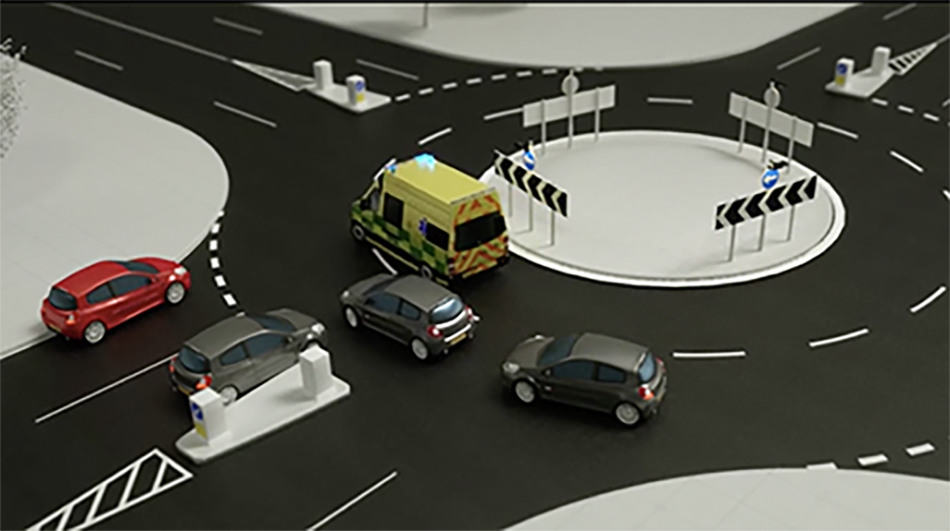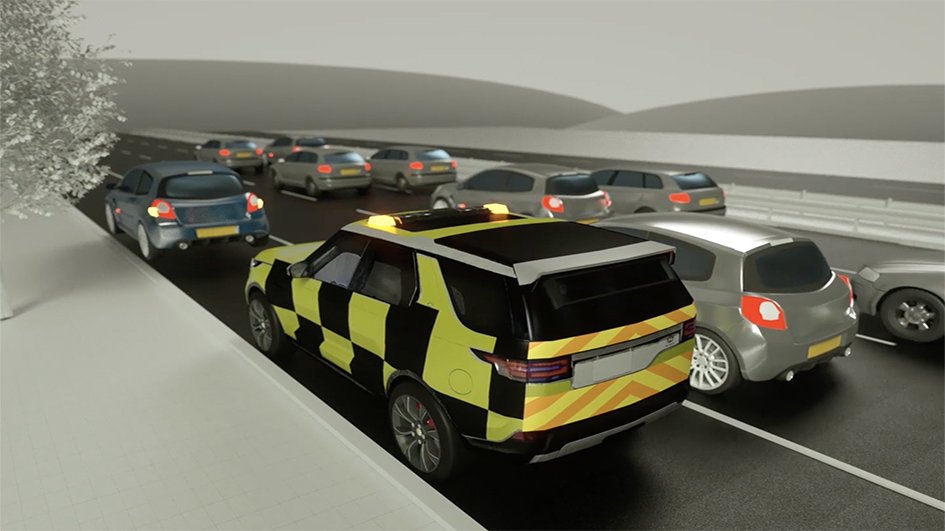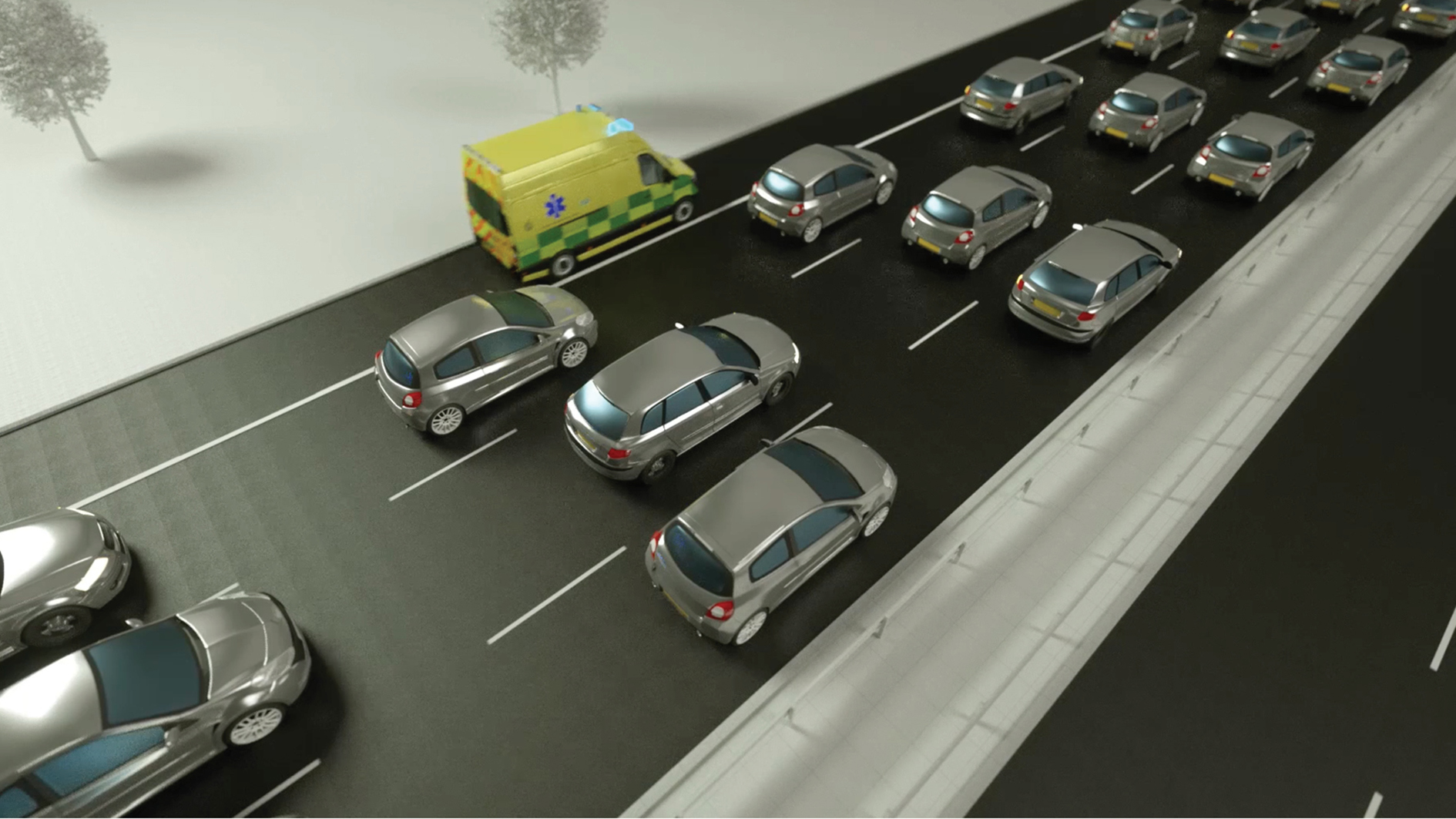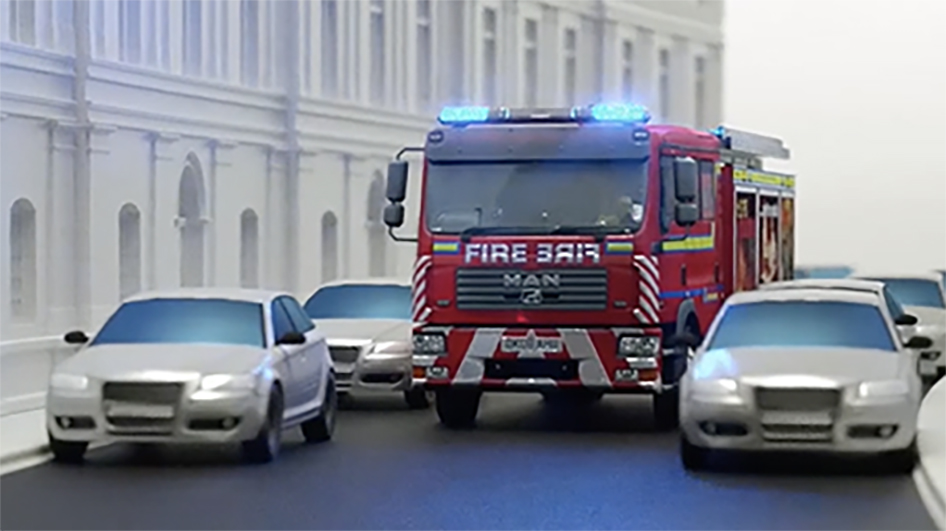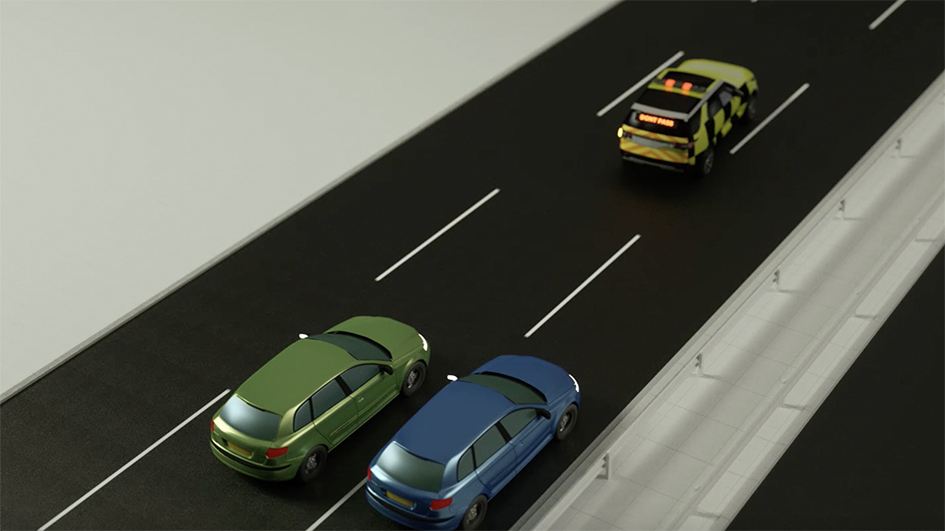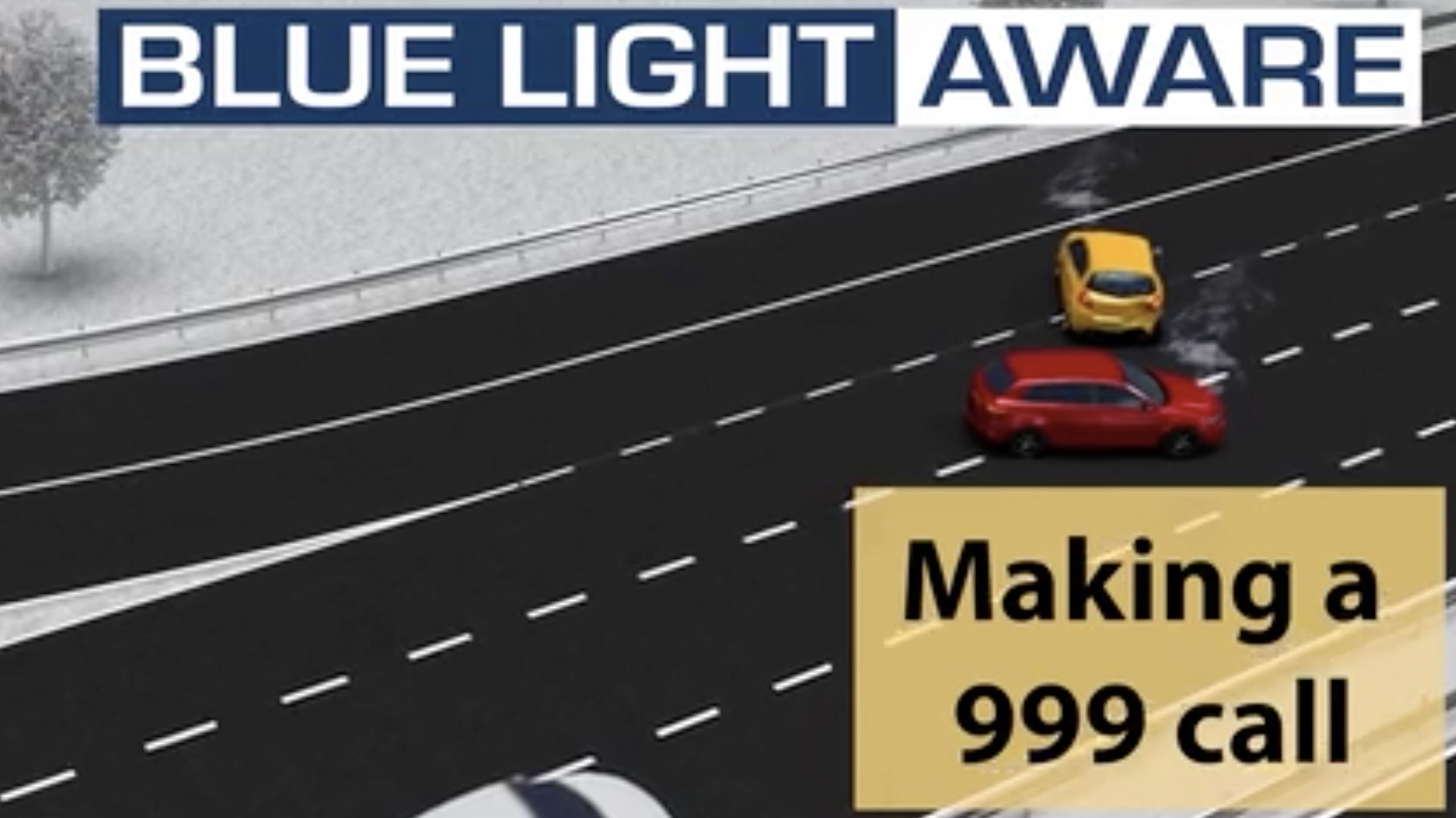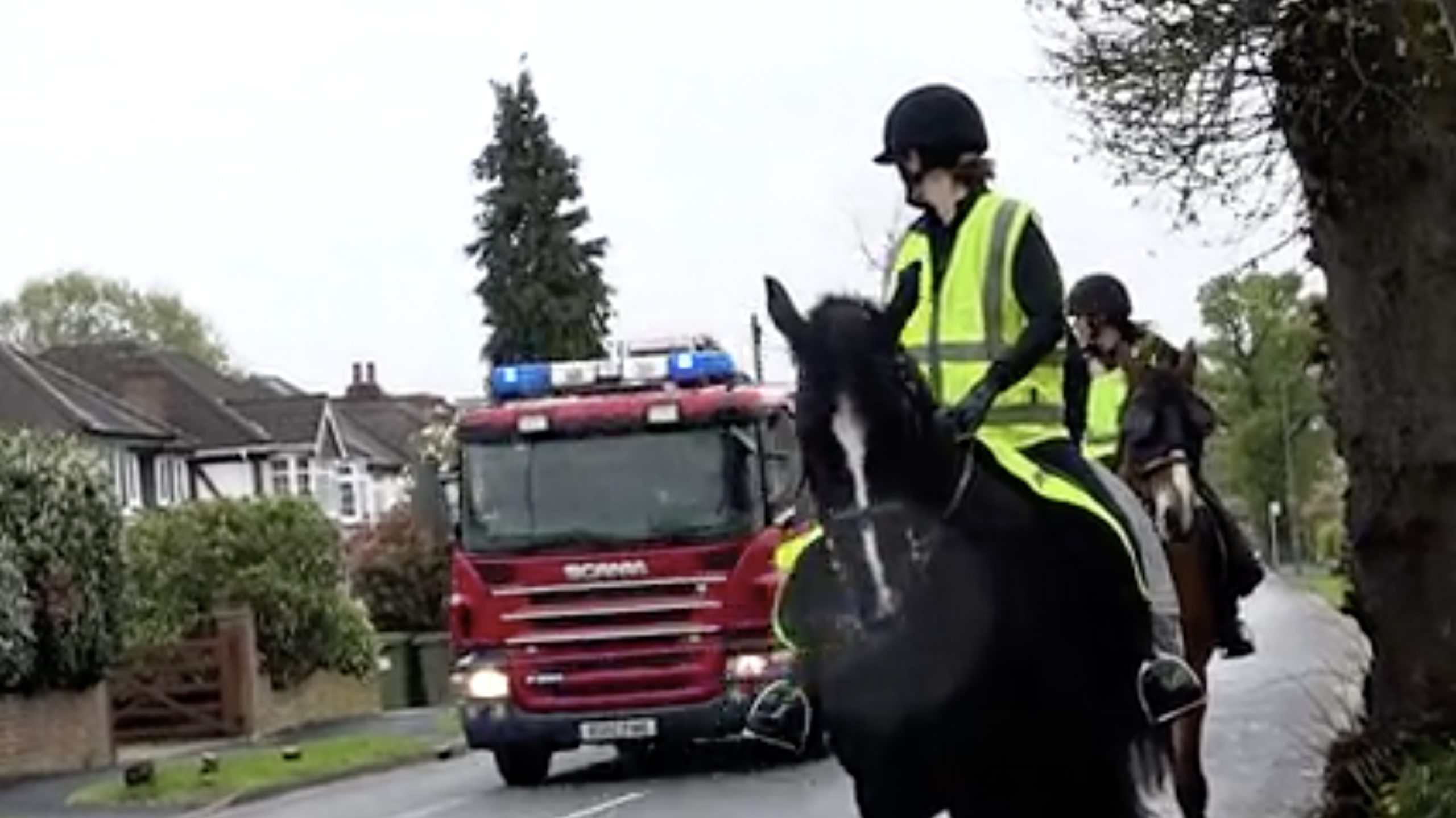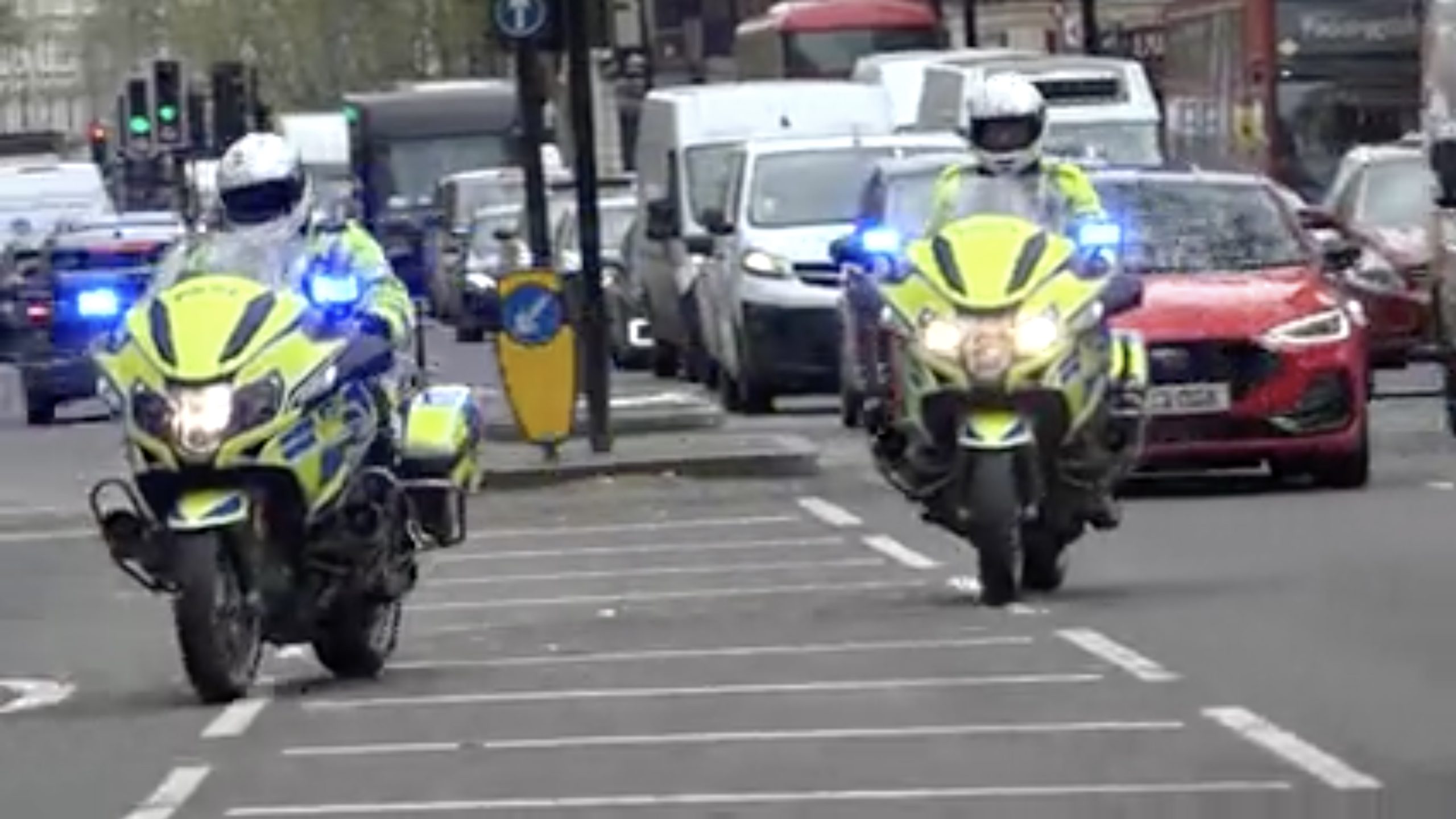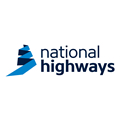Blue Light Aware
The resource for emergency service vehicle awareness on the roads.
Based on guidance contained within the Highway Code, Blue Light Aware is a resource containing short videos and animations, produced on behalf of the emergency services. Their crews rely on the help of other road users when they’re on a ‘blue light’ journey. By taking the time to watch Blue Light Aware you will better understand the needs of emergency drivers, reducing the risks you face; while contributing to a safer road environment. You may also be helping to save a life…
